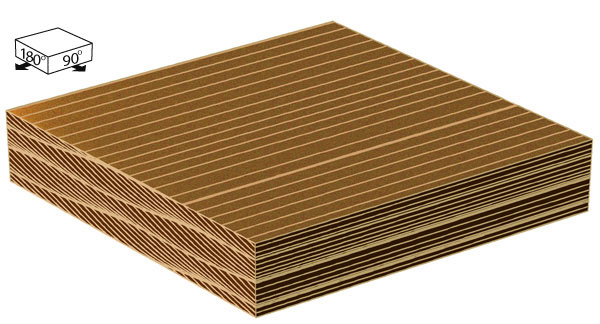Pacific Coastal and Marine Science Center
Bedform Sedimentology Site: “Bedforms and Cross-Bedding in Animation”


FIG. 15. Structure formed by bedforms undergoing small and slow fluctuations in height.
RECOGNITION: Unless the rate of deposition is great enough to provide all the sediment necessary to make the bedforms larger, an increase in height must be accompanied by transfer of sediment from bedform troughs to their crests. The rate of deposition usually is not great enough, and fluctuations in bedform height cause the elevation of the bedform troughs to rise and fall (Terwindt, 1981). The resulting structures have gently undulating lower bounding surfaces, as shown here, or have scalloped bounding surfaces, as shown in Figures 16 and 17.
ORIGIN: Fluctuations in bedform height can be random changes undergone by individual bedforms or, as illustrated here, can be systematic changes undergone by entire populations of bedforms. Systematic fluctuations in height of such bedforms as sand waves can arise from changes in flow velocity or flow depth (Rubin and McCulloch, 1980) and can probably arise from fluctuations in flow direction. Cyclic fluctuations in height of sand waves have been observed to result from neap-spring fluctuations in velocities of tidal currents (Boersma and Terwindt, 1981; Dalrymple, 1984; Terwindt and Brouwer, 1986), and fluctuations in sand-wave height in rivers have been observed to result from fluctuations in discharge (Coleman, 1969). In contrast to the systematic cyclic fluctuations in bedform height, which require cyclic fluctuations in flow, random fluctuations in height undergone by individual bedforms are probably extremely common in all environments, even in steady flows.